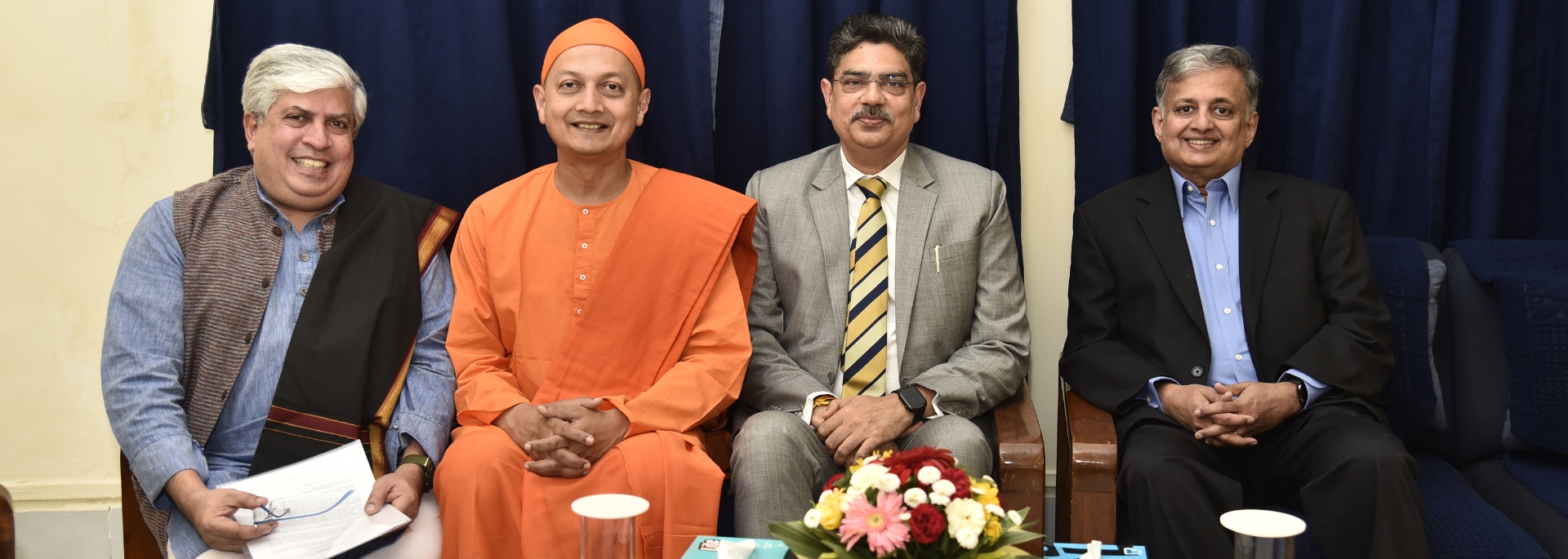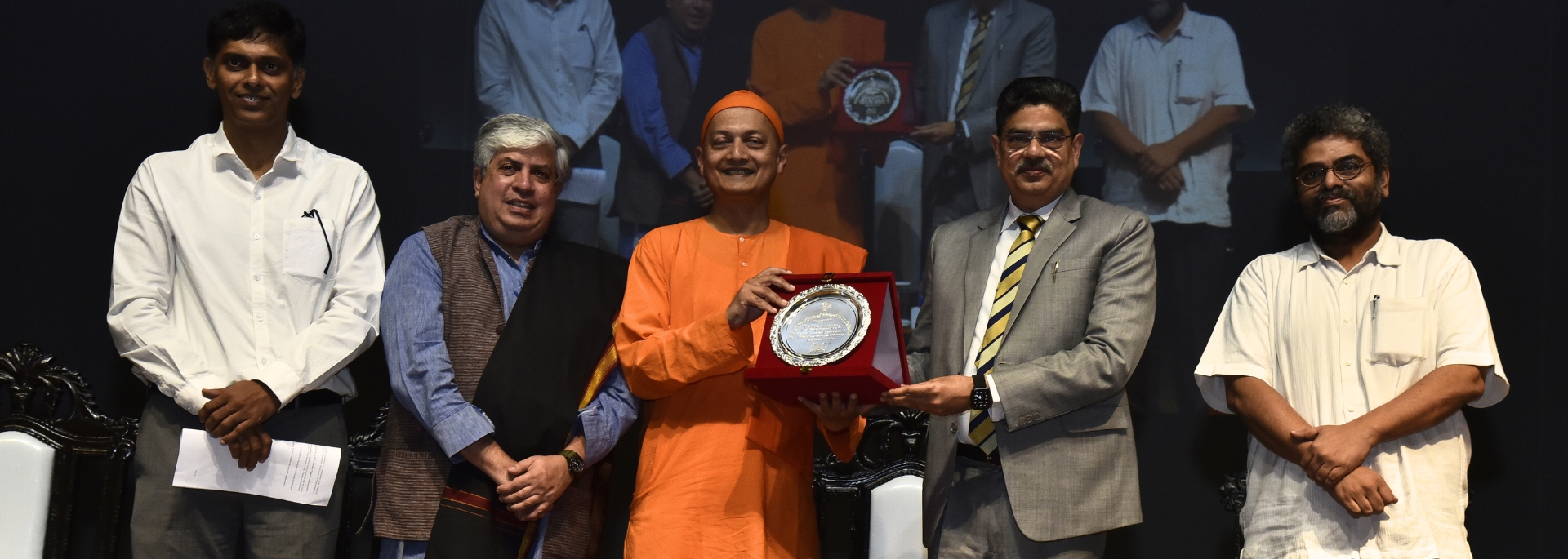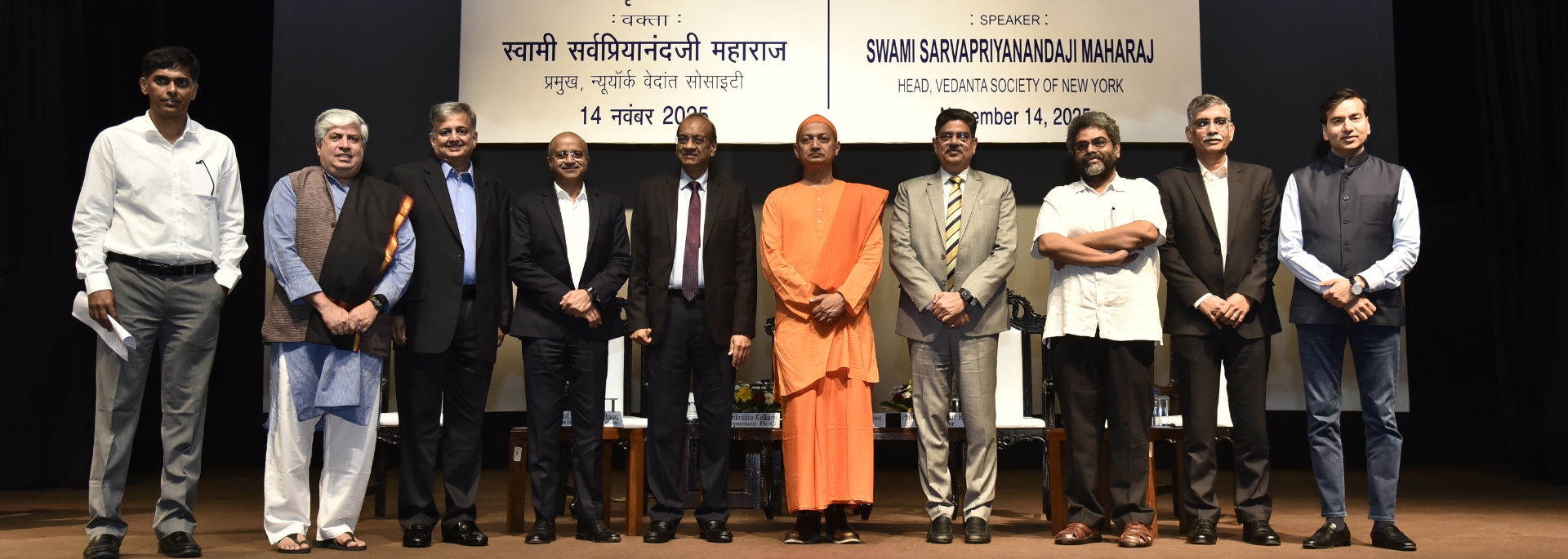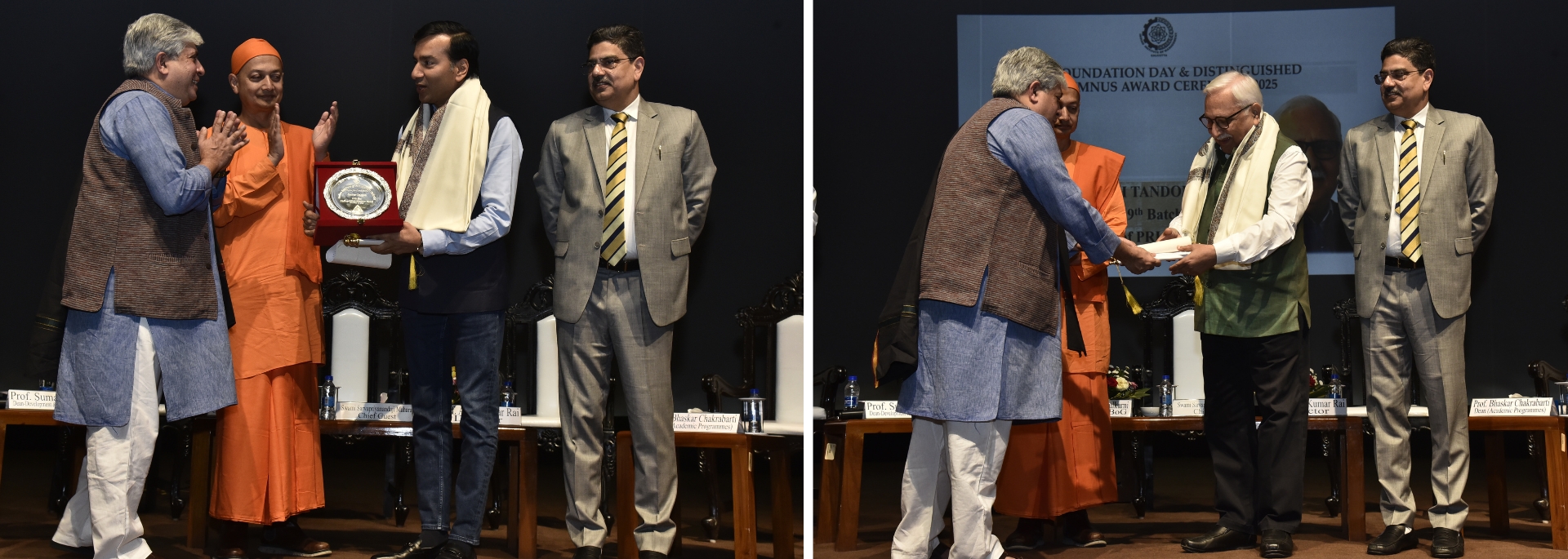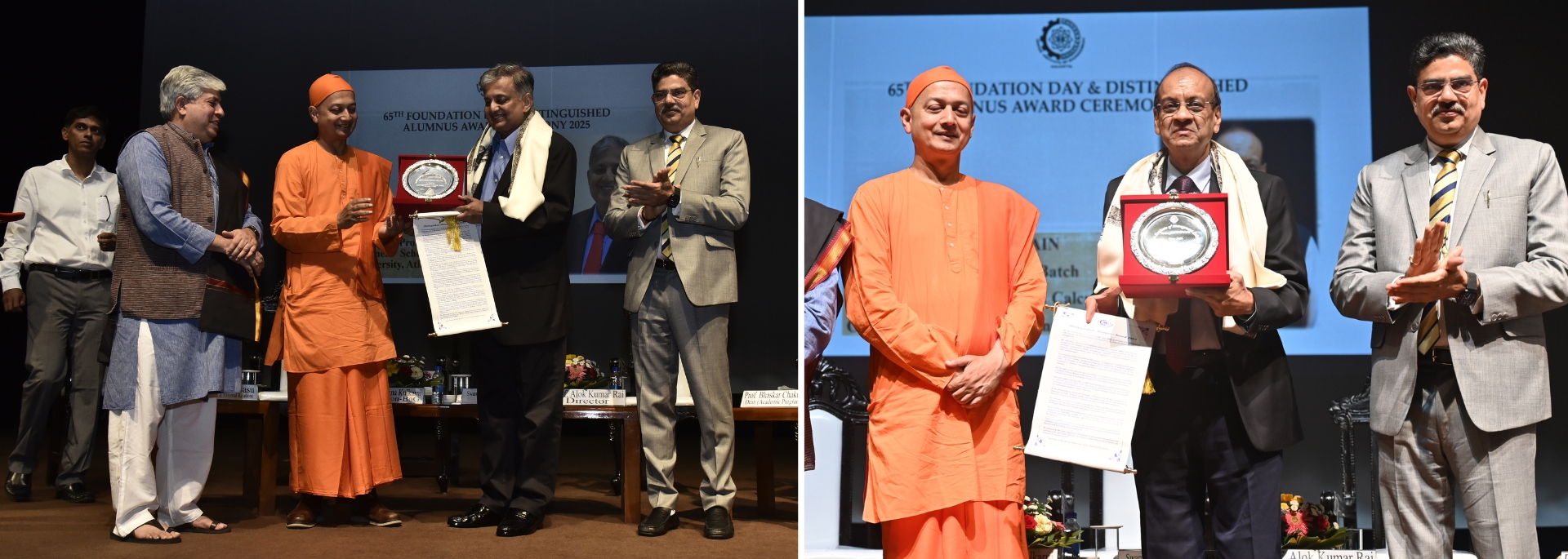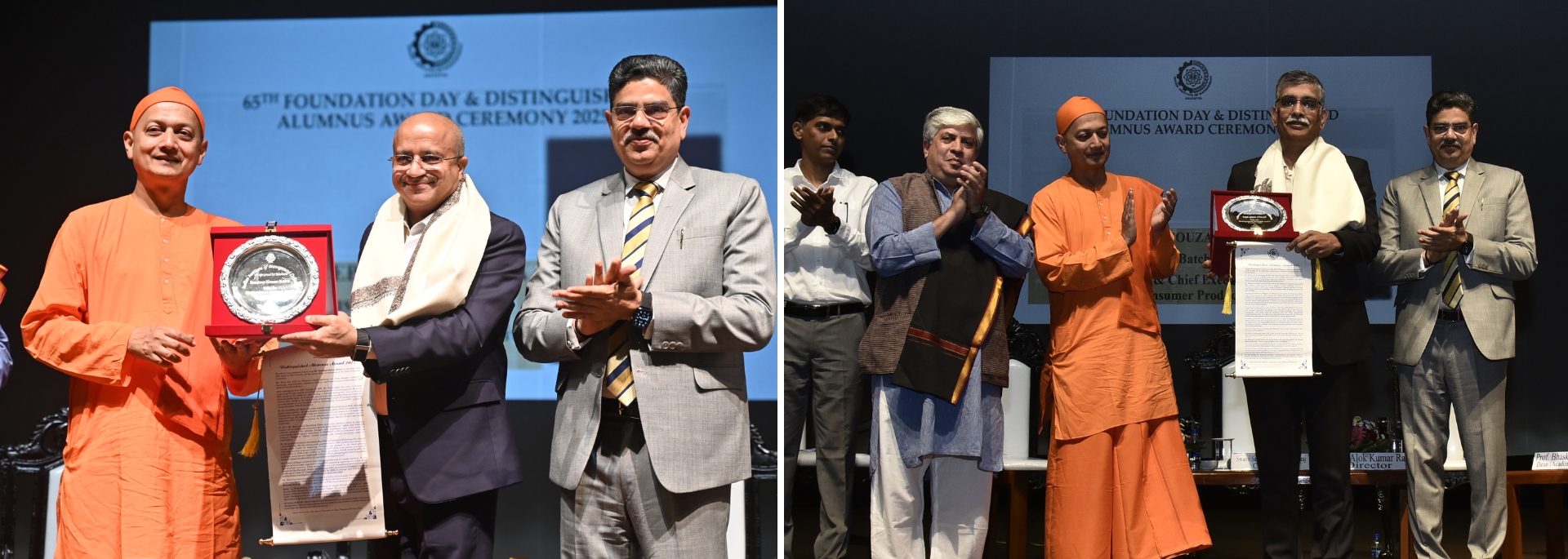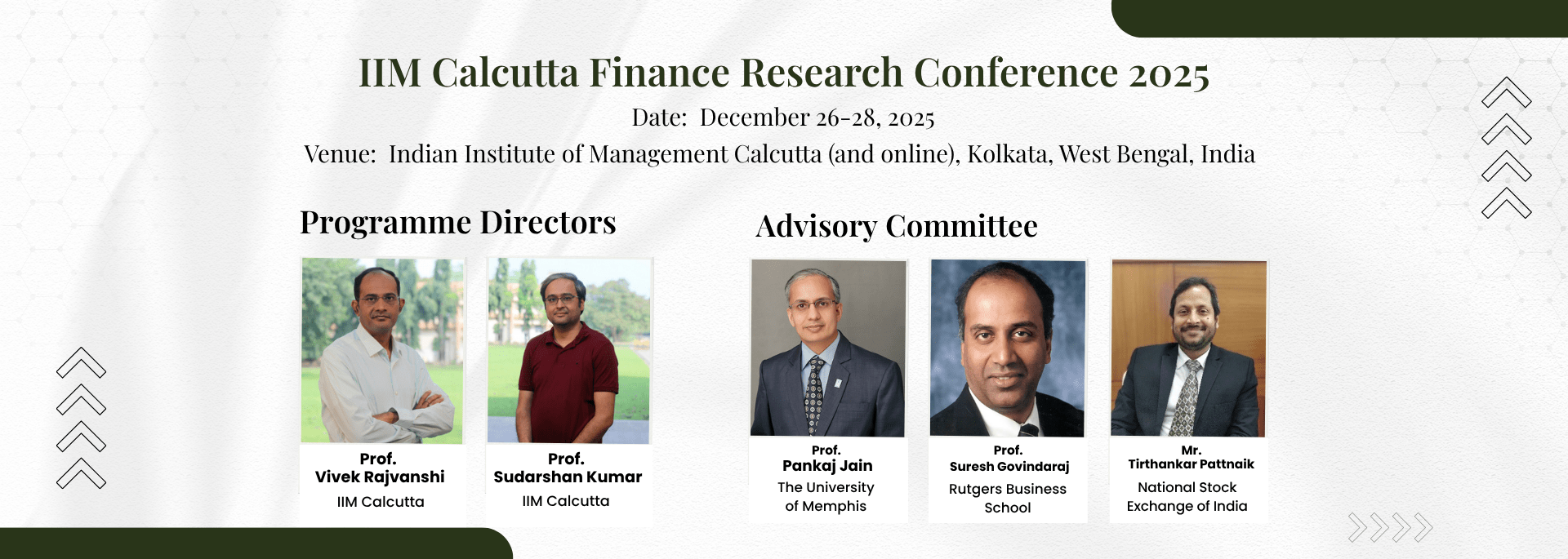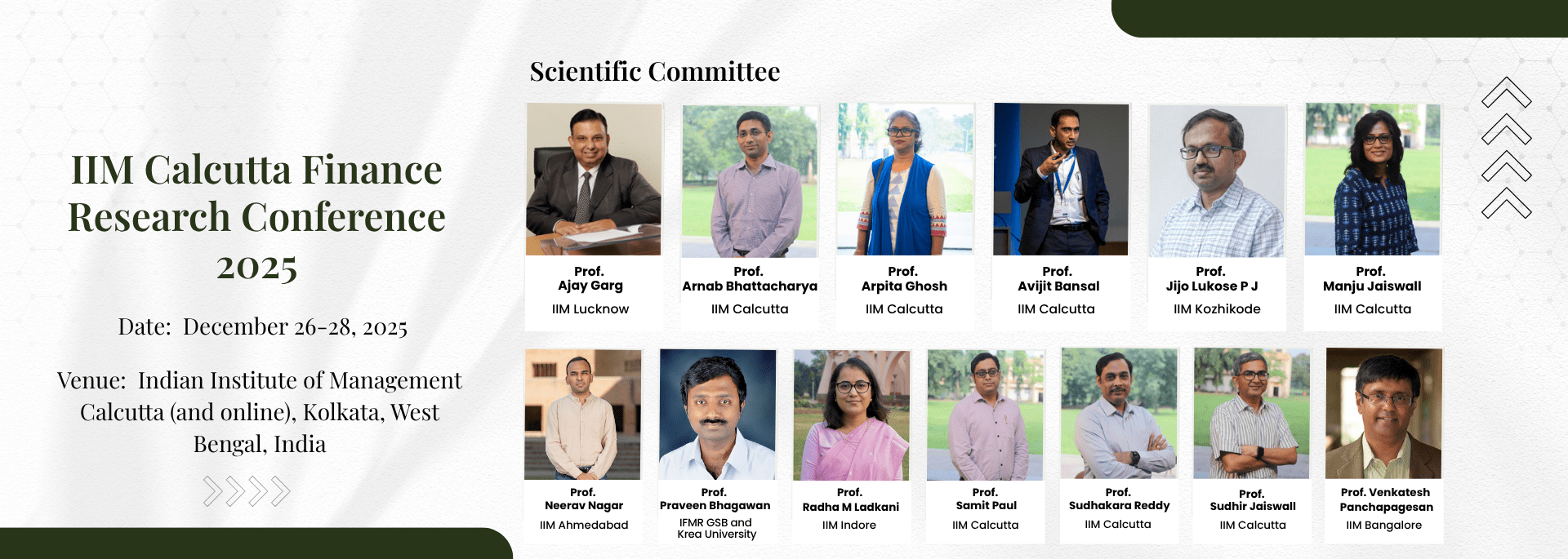| Ref. No. | IIMC-CRC-2014-08 |
| Authors |
|
| Length | 16 pages + teaching note. |
| Data Source | Field research. |
| Setting | Microsoft IT – India, Hyderabad. |
| Abstract | The new managing director of Microsoft IT India Raj Biyani in 2010 noticed staff morale was low with growing attrition. Employees were frustrated as they had little control over the work they did. They had to wait for tasks to be assigned on a project basis from teams in US headquarters. To manage this situation, Biyani in 2013 implemented the Regional Talent Hub that brought engineering resources into a shared pool, as employees came under three discipline leads who reported to him. The Redmond stakeholders and employees in India were supportive of the initiative. However, Apreeta Singh, the new director of human resources in India wanted staff to be empowered to think and act as well. Biyani and Singh assessed the culture in the Indian office and found employees were very competitive, hindered collaboration and created inefficiencies. Biyani wanted to work on the feedback received and the transformation process. However, Singh felt the organisation had yet to settle down due to the restructuring it experienced over the past few years. Was this the right time for an organisational culture change at Microsoft IT India? If so, what would be the right path, and pace, to make this change? This case highlights the key challenges associated with organisational transformation, particularly organisational culture. It aims to apprise students of the dynamics and difficulties in changing the culture of an organisation – and the importance of getting the timing and pace of change right. |
| Keywords | Cultural transformation; Change management; Human resources strategy; Leadership; Localisation; Organisational culture; Restructuring; Talent management. |


